Best Liquor Under ₹10,000 for a Perfect New Year 2026 Party
2025-12-05

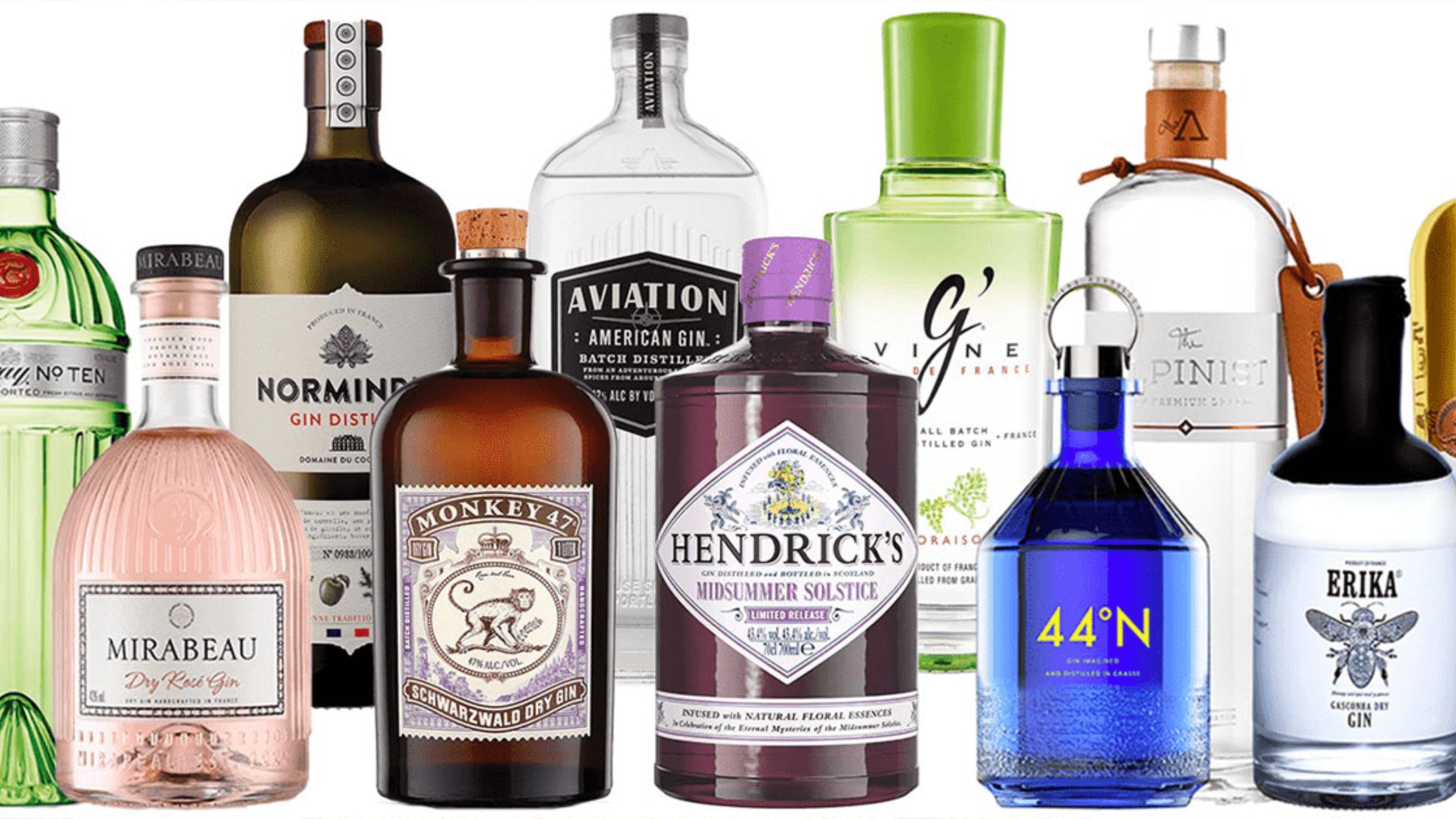
Gin has evolved from its medicinal roots into a dynamic and diverse category of spirits. With so many different types of gin available today, it's no wonder that gin lovers and curious beginners alike are eager to explore its rich flavors and history. In this complete guide, we'll dive into the most popular and emerging types of gin, breaking down their defining characteristics, origins, and best uses. Whether you're a cocktail enthusiast or a casual sipper, understanding the different types of gin will enhance your drinking experience and broaden your palate.
At its core, gin is a distilled alcoholic beverage that derives its predominant flavor from juniper berries. Beyond that, it’s an artistic blend of botanicals, spices, and fruits that create unique styles. What sets the various types of gin apart is not just the ingredients but also the distillation process, aging (or lack thereof), and regional influences. Juniper must remain the dominant flavor, but distillers can use ingredients like coriander, angelica root, citrus peels, orris root, cassia bark, cardamom, and hundreds more to add complexity.
Today, gin is regulated to ensure that it retains its juniper-driven identity, but producers around the world continue to innovate. This means that modern types of gin have expanded far beyond traditional expectations.
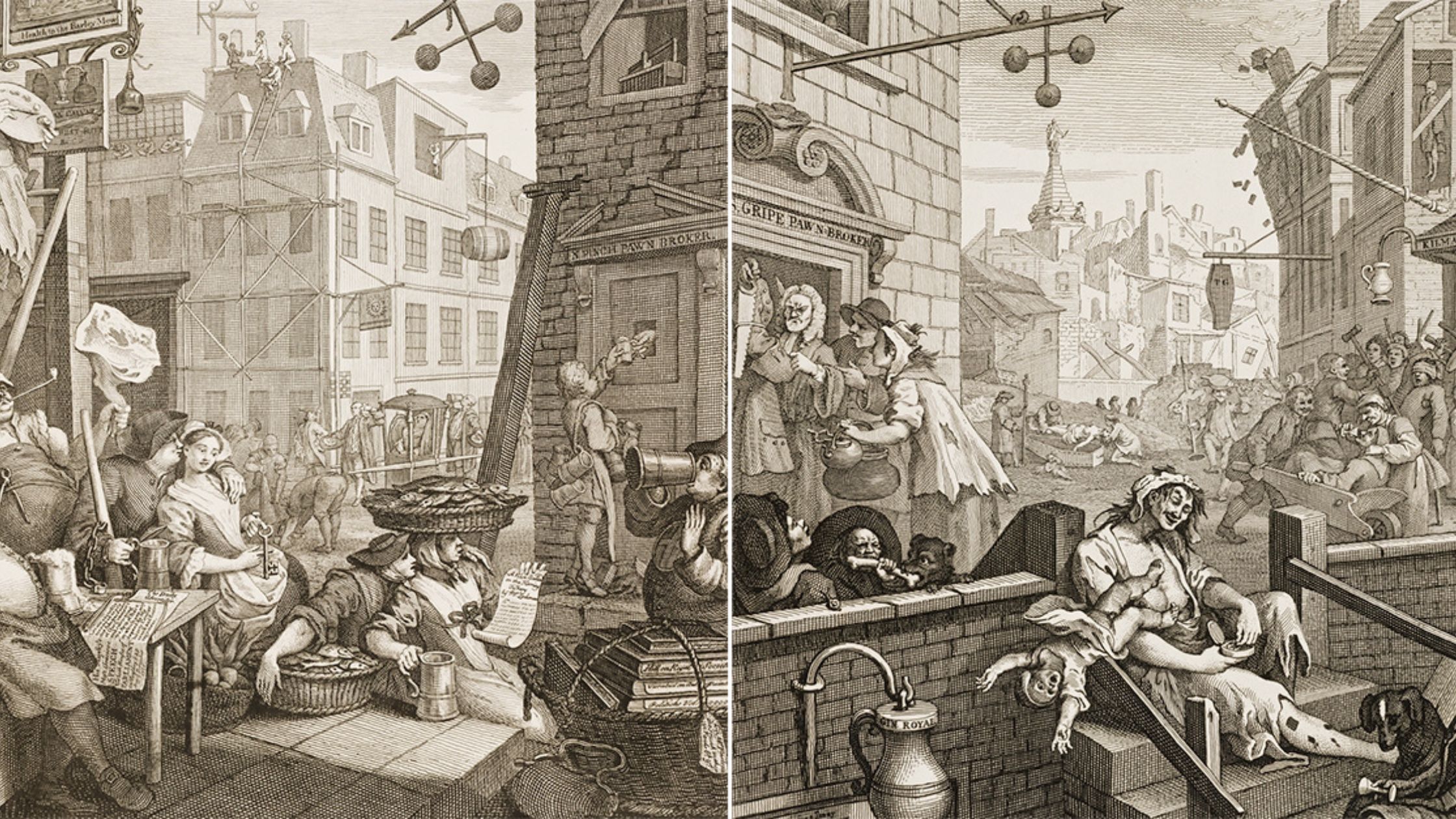
The earliest types of gin trace back to the 17th century Netherlands, where genever was originally used as a medicinal tonic. Genever was made from malt wine and infused with juniper and other botanicals to help treat kidney and stomach ailments. British soldiers fighting in the Netherlands brought the spirit home and popularized it across England.
By the early 18th century, gin had become incredibly popular, especially among the lower classes. Known as the "Gin Craze," this era was marked by widespread overconsumption and social issues. Eventually, regulations helped clean up production and elevate the spirit into something more refined.
Over time, different types of gin emerged—each with their own cultural and geographical story, flavor identity, and purpose. Today, we celebrate both the classic and the contemporary styles.
Read also: The History Behind the Types of Gin: From Dutch Genever to Modern-Day Spirits
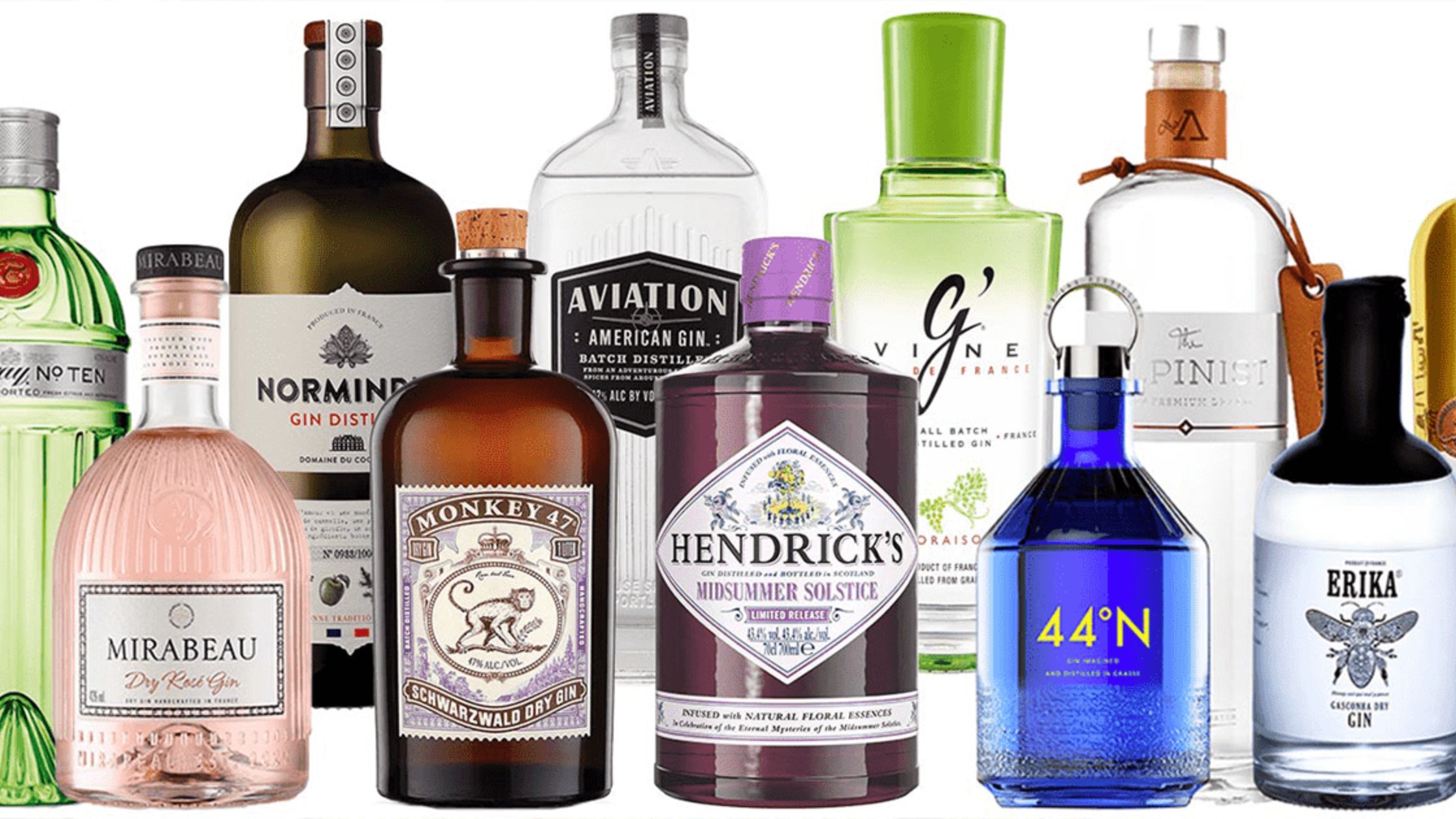
Let’s break down the most essential types of gin, each with distinct tasting notes and best-use cases:
Arguably the most well-known among all types of gin, London Dry is the standard bearer. It features a crisp, clean profile dominated by juniper, with no added sweeteners or artificial flavorings. The botanicals must be distilled rather than added afterward, making this type of gin highly regulated.
Flavor Notes: Juniper, citrus peel, coriander, angelica root
Best For: Gin & tonic, Martini, Negroni
Popular Brands: Tanqueray, Beefeater, Bombay Sapphire, Sipsmith
Plymouth Gin is a Protected Geographical Indication (PGI) product that can only be made in Plymouth, England. It's slightly earthier and more full-bodied than London Dry, with a rounder mouthfeel and smoother profile. It's ideal for classic cocktails due to its balanced yet flavorful nature.
Flavor Notes: Juniper, angelica, cardamom, lemon peel
Best For: Dry Martini, Gimlet, Gin Rickey
Popular Brands: Plymouth Gin (Black Friars Distillery)
Old Tom bridges the gap between genever and London Dry. It’s lightly sweetened—traditionally with sugar, licorice, or honey—which makes it ideal for vintage cocktails like the Tom Collins or Martinez. This style was very popular in 18th and 19th century England.
Flavor Notes: Juniper, sweet citrus, mild spice
Best For: Tom Collins, Martinez, classic punches
Popular Brands: Hayman’s, Ransom, Jensen’s
Known for its high proof (typically around 57% ABV), Navy Strength packs a punch. This type is bold and aromatic, perfect for gin lovers who want intensity and a strong presence in cocktails. It was historically proofed high to ensure gunpowder would still ignite if soaked with gin.
Flavor Notes: Bold juniper, spice, intense botanical notes
Best For: Negroni, G&T, gin-forward drinks
Popular Brands: Plymouth Navy Strength, Four Pillars, Sipsmith VJOP
Genever is the precursor to all modern types of gin. Made from a base of malt wine and distilled with botanicals, it has a malty, whiskey-like body with subtle juniper notes. It’s typically sipped neat but also works in traditional cocktails.
Flavor Notes: Malted grain, juniper, earthy botanicals
Best For: Neat sipping, Dutch-style cocktails, Amsterdam Mule
Popular Brands: Bols Genever, Rutte Old Simon, Boomsma
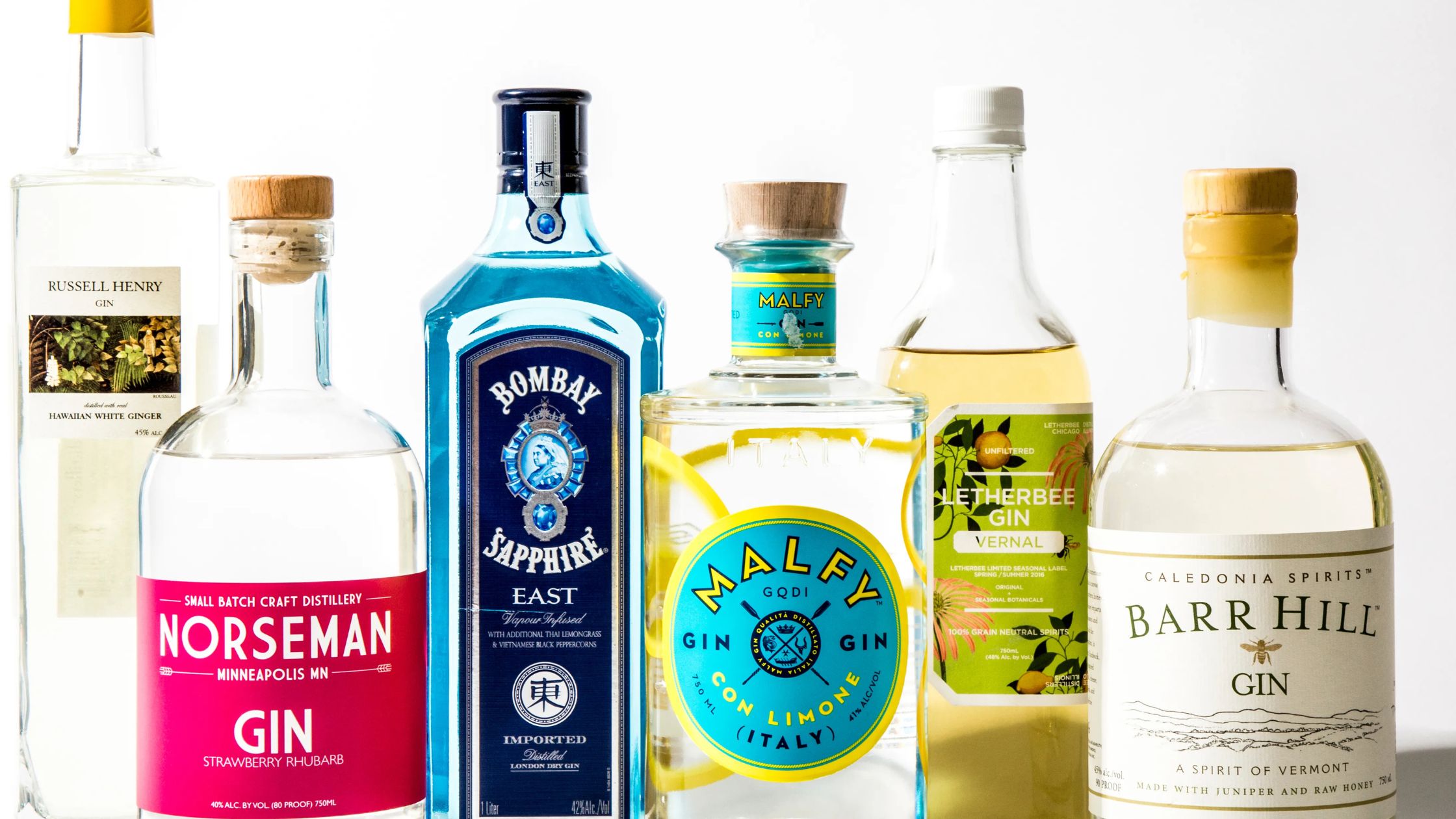
Contemporary distillers have reimagined gin, creating exciting new types of gin for adventurous drinkers:
These gins reduce the emphasis on juniper and highlight other botanicals like lavender, rose, cucumber, or citrus. They're perfect for people who find traditional gins too piney.
Flavor Notes: Floral, herbal, bright citrus
Best For: Creative cocktails, gin infusions
Popular Brands: Hendrick’s, Aviation, The Botanist
This type of gin is matured in oak barrels, developing smoky, vanilla, and woody notes. Think of it as a hybrid between gin and whiskey. Great for sipping or as a substitute in whiskey-based cocktails like the Old Fashioned.
Flavor Notes: Oak, vanilla, spice, resin
Best For: Neat sipping, gin Old Fashioned, Martinez
Popular Brands: Citadelle Réserve, Few Barrel-Aged Gin
Though technically a liqueur, Sloe Gin is made by steeping sloe berries in gin, resulting in a rich, fruity flavor and deep red color. One of the sweeter types of gin, it’s great for dessert cocktails or sipping with tonic.
Flavor Notes: Plum, berry, almond, sweet
Best For: Sloe Gin Fizz, sparkling cocktails
Popular Brands: Hayman’s, Plymouth, Sipsmith Sloe Gin
From strawberry and rhubarb to cardamom and elderflower, these types of gin showcase specific flavor profiles. They're designed to appeal to younger or non-traditional audiences looking for fun and seasonal options.
Flavor Notes: Highly variable (e.g., fruit-forward, floral, herbal)
Best For: Brunch cocktails, G&Ts, spritzes
Popular Brands: Whitley Neill, Malfy, Bloom Gin
These types of gin are made using organically grown botanicals and sustainable production practices. Many small-batch producers are leading the way with carbon-neutral processes and eco-friendly packaging.
Flavor Notes: Clean, natural, earth-driven
Best For: Conscious consumption, tasting neat
Popular Brands: Neversink Spirits, Prairie Organic Gin, Greenall’s Organic
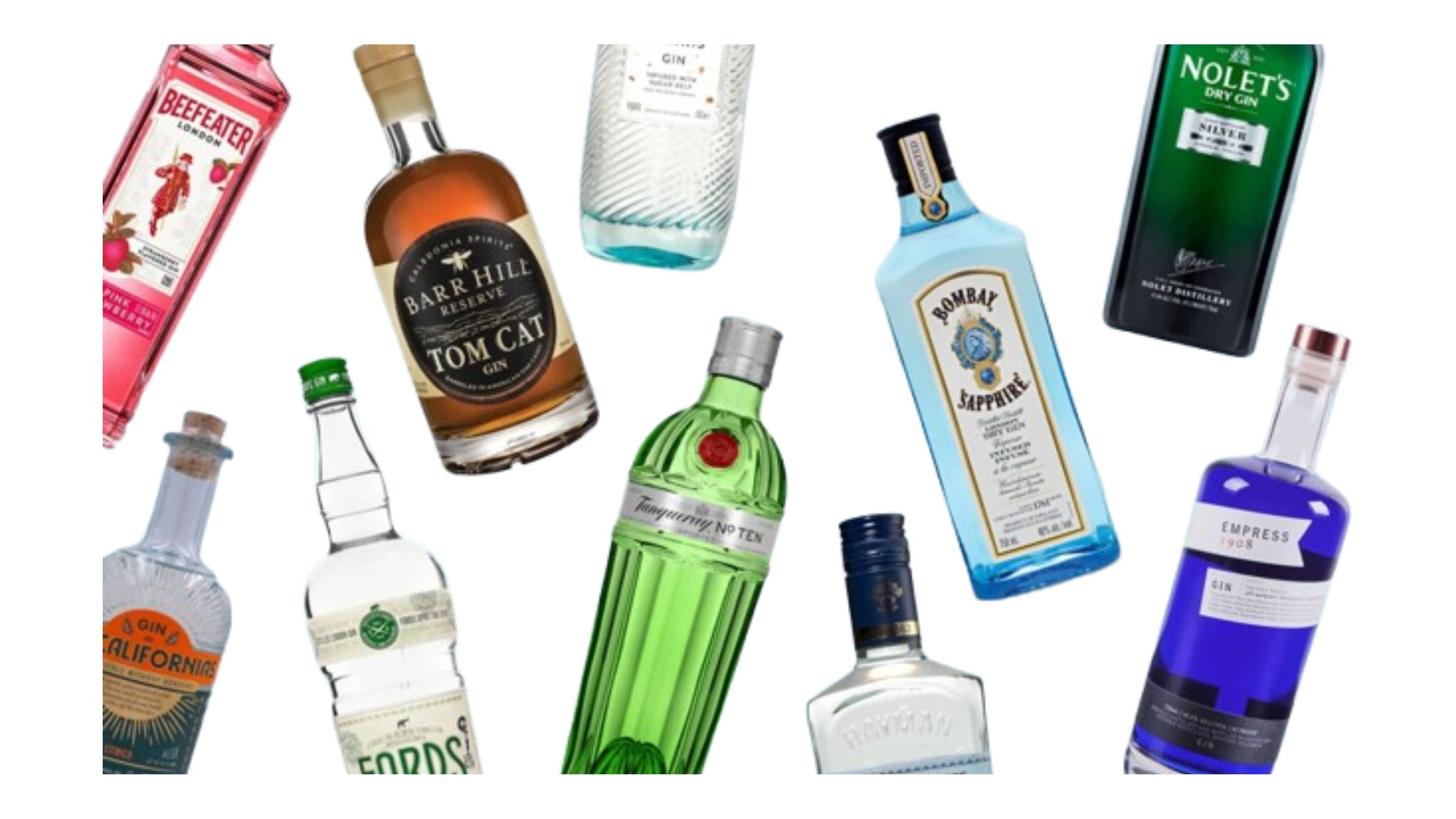
Each of the above types of gin offers a unique flavor journey:
Understanding these profiles helps you pair gin with the right mixers and cocktails for the best taste.
Read also: Best Gin and Tonic Recipe with Low-Calorie & Sugar-Free Options
Knowing which types of gin work best for specific drinks can elevate your mixology skills:
When selecting from the many types of gin, consider:
Build a home bar with a few different types of gin to offer flexibility and fun.
The future of gin is dynamic and evolving:
With so many types of gin available, there’s something for every taste and occasion. From juniper-forward classics like London Dry to modern styles like New Western or barrel-aged, each bottle offers a story and a sensory experience. As you explore the different types of gin, you’ll discover a world full of complexity, creativity, and craft.
Whether you enjoy a classic Martini or a floral gin spritz, choosing the right type of gin can elevate your entire cocktail game.
Cheers to your gin journey—one flavorful sip at a time!